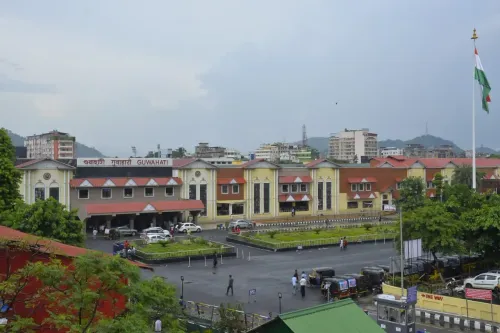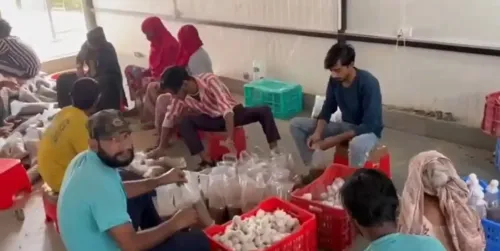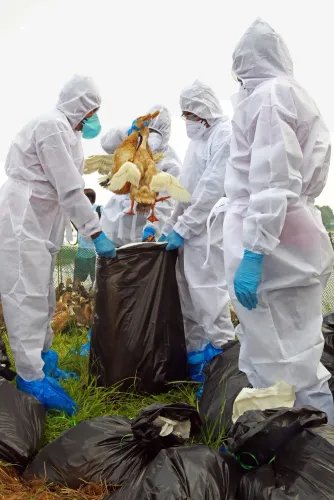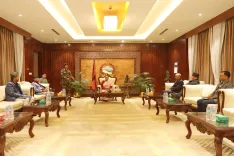Is the ELI Scheme the Next Step After PLI for Atmanirbhar Bharat?
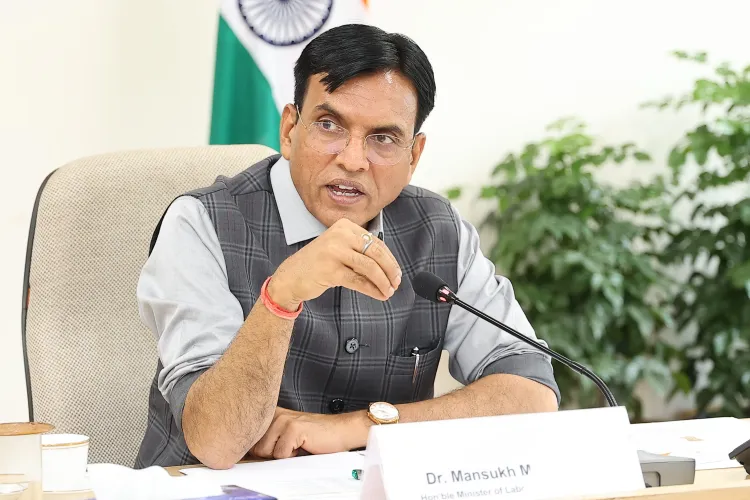
Synopsis
Key Takeaways
- ELI scheme aims to create 3.5 crore jobs.
- Financial support for employers to boost job creation.
- Collaboration between labour and industry is essential.
- Budget of Rs. 99,446 crore allocated for the initiative.
- Awareness at the grassroots level is crucial for success.
New Delhi, July 15 (NationPress) The Employment-Linked Incentive (ELI) scheme marks a crucial advancement following the Production-Linked Incentive (PLI) scheme towards achieving an Atmanirbhar Bharat, emphasized Labour Minister Dr Mansukh Mandaviya.
The ELI initiative is set to offer financial assistance to employers, aiming to foster increased job creation, especially among the youth demographic.
The minister characterized this program as a dual benefit solution for both employers and job seekers.
In a high-level virtual meeting with state labour and industry ministers, he referenced KLEMS data from the Reserve Bank of India (RBI), indicating that over 17 crore job opportunities were created in the past decade, as per a statement from the Ministry of Labour and Employment.
This statistic, he pointed out, illustrates the substantial economic advancement achieved by the nation, notably propelled by significant growth in construction, manufacturing, and services sectors.
Dr Mandaviya insisted that this positive trend needs to be maintained and boosted further through initiatives like ELI, aimed at producing quality jobs, enhancing formalization, and fostering inclusive growth.
“Labour and industry are two sides of the same coin,” he stated, reinforcing the need for collaboration for the welfare of the nation’s workforce and economy. He assured attendees that the procedural aspects of the scheme are simplified to facilitate access and encourage widespread participation.
The Union Minister also called upon state ministers to actively promote the scheme via media briefings, television and radio discussions, and other outreach methods. He highlighted the necessity of thorough planning and awareness at the grassroots level.
With a total budget of Rs. 99,446 crore, the ELI scheme aims to generate over 3.5 crore jobs nationwide within a two-year timeframe.
During the meeting, labour and industry ministers from states including Gujarat, Assam, Bihar, Chhattisgarh, Arunachal Pradesh, Madhya Pradesh, and Jharkhand expressed their support for the initiative and committed to ensuring its effective implementation in their respective regions.



